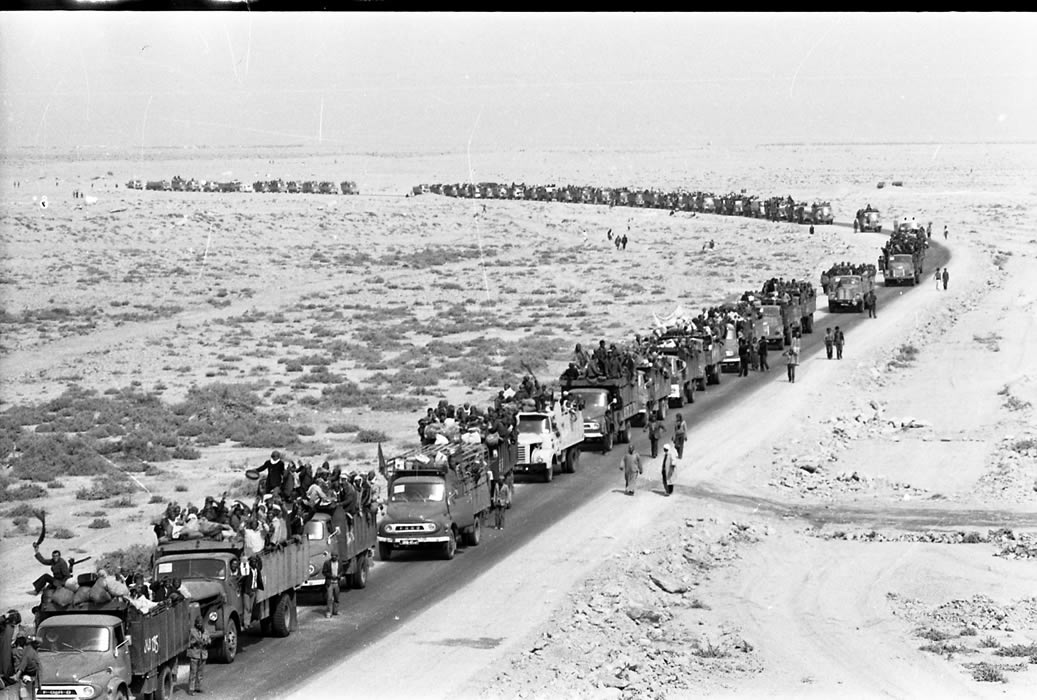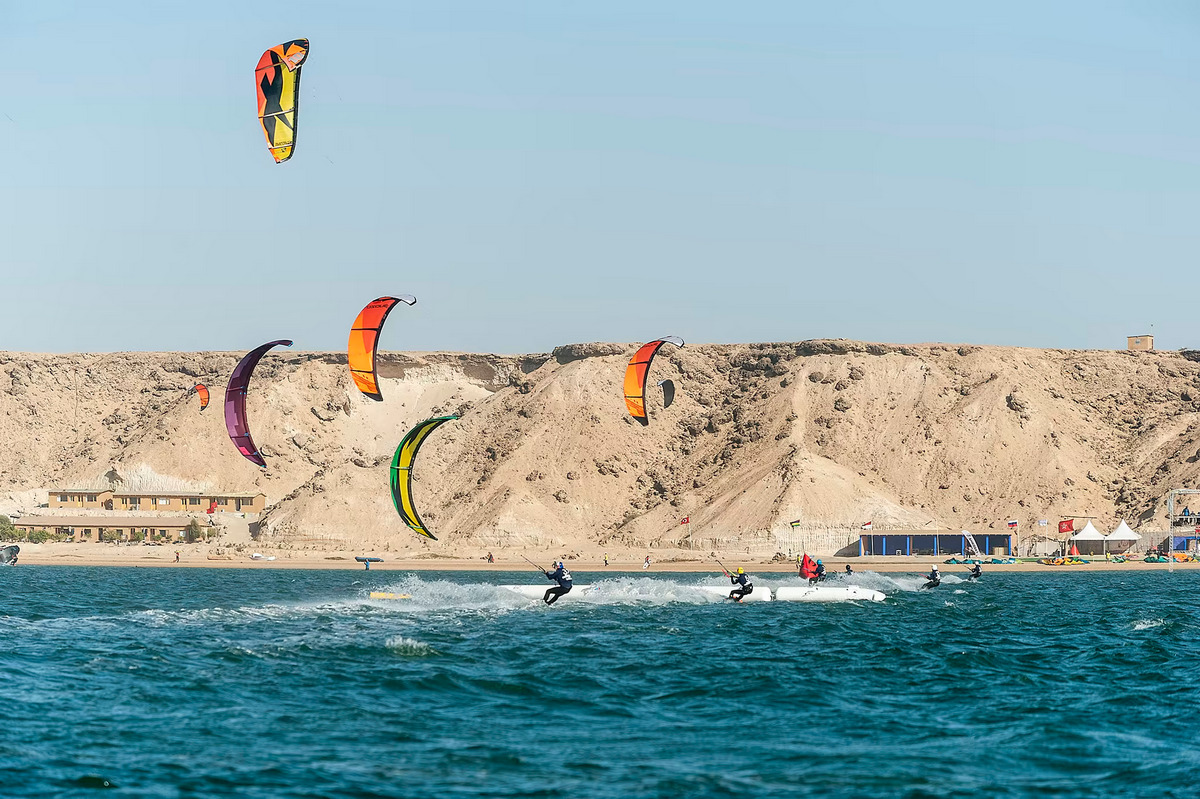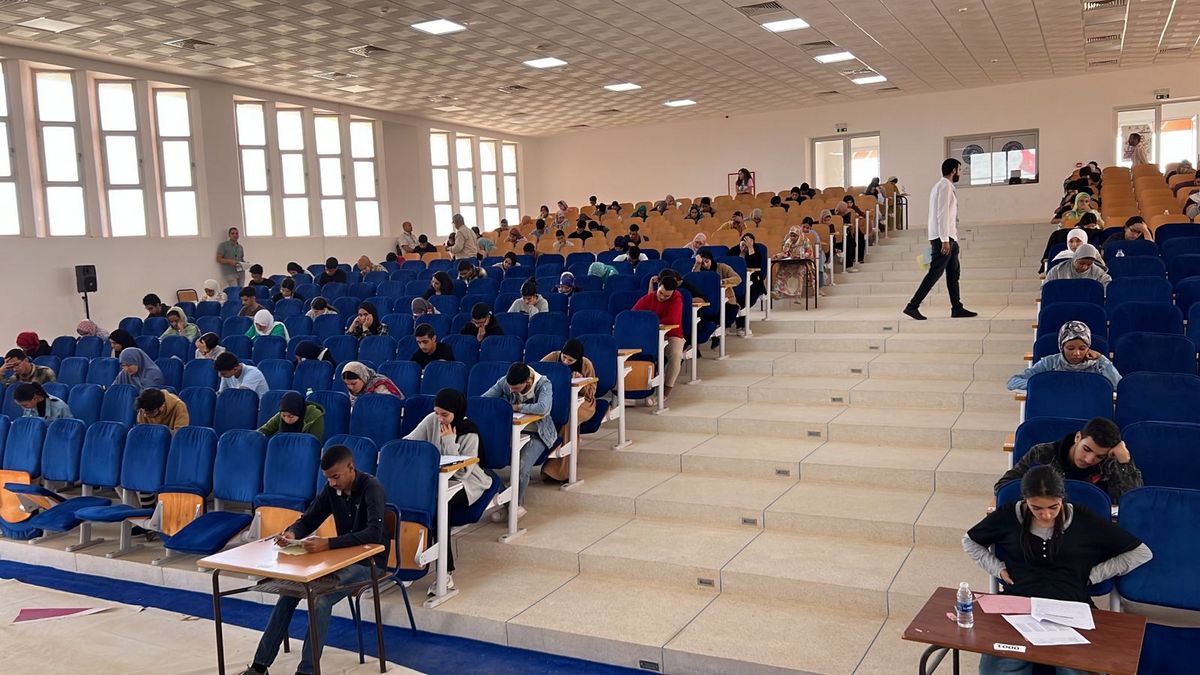The 48th anniversary of the Green March, an exceptional and continuous epic in the process of achieving Morocco’s territorial integrity and sustainable development

In the annals of the history of the Kingdom of Morocco, the ‘Green March’ stands as a pivotal moment in the ongoing development of this North African country’s Saharan region, an iconic event marked by its profound political and strategic implications, which set the stage for the outstanding transformation of the infrastructure of the Moroccan Sahara. Today, we explore the historical significance of the Green March and highlight the remarkable developments that have taken place in Morocco’s southern regions since then.
The Green March: A landmark event
The Green March, which took place on 6 November 1975, was a unique civilian march launched by the late King Hassan II of Morocco to recover the country’s southern provinces from Spanish colonial rule.
This movement, which saw hundreds of thousands of Moroccans cross the desert and enter the territory in an epic display of patriotism, came after the International Court of Justice (ICJ) in The Hague, in response to a request made by Morocco to the United Nations General Assembly on 13 December 1974, confirmed the existence of legal ties and allegiances between the Sultans of Morocco and the Saharan tribes.
This peaceful but powerful demonstration ultimately changed the geopolitical landscape of the region. The Spanish authorities withdrew from the territory and Morocco regained its territorial integrity. In the decades that followed, the Moroccan Sahara embarked on a path of development and modernization, with a strong focus on infrastructure, social and economic development and environmental projects.

Sustainable development: The backbone of progress
This glorious march, which began 48 years ago, has paved the way for a sustainable development process in Morocco’s southern provinces, bringing them up to the same level of development as the rest of the Kingdom.
Under the leadership of King Mohammed VI, Morocco has made significant progress in terms of infrastructure, which has had a positive impact on the lives of the inhabitants and strengthened the economic potential and attractiveness of the region. The Moroccan Sahara is now well on the way to becoming a genuine regional and international hub linking the European continent with western sub-Saharan Africa.
Transport networks: One of the most notable achievements has been the development of transport networks. New roads and motorways, such as the 1,055km Tiznit-Dakhla motorway, have linked the previously isolated area to the rest of Morocco, facilitating the movement of people and goods and boosting economic growth, tourism and trade in the region.
Airports and ports: The region’s airports, such as Laayoune Hassan I and Dakhla, have been upgraded to international standards, improving connectivity and accessibility. In addition, the development of the Atlantic port of Dakhla, a flagship mega-project currently under development and operating as part of the development model for Morocco’s southern provinces, will significantly boost the region’s maritime trade and fishing industry.
Energy infrastructure: Access to reliable and sustainable energy has been expanded in the Moroccan Sahara through the development of solar power plants and wind farms, contributing to Morocco’s commitment to renewable energy. The Kingdom has also used energy from the wind farms to power desalination plants in Dakhla and Laayoun, which provide drinking water for the population and irrigation for thousands of acres of agricultural land.
Education and health facilities: The construction of modern education and health facilities has improved the quality of life for the local population by providing better access to education and health services. This includes the inauguration of the Faculty of Medicine in Laayoune and the construction of the University Hospital in the same city.

Tourism and hospitality: The Moroccan Sahara has become a growing tourist destination with the development of hotels, resorts and infrastructure to support the hospitality industry, such as the Bay of Dakhla, a world-renowned spot for fans of kite surfing and water sports in general. The region’s unique landscapes and cultural heritage now attract visitors from all over the world, and many major international conferences and meetings are now held in the region..
The future looks bright and prosperous.
As the world watches developments in this historically rich and geographically significant region, it is clear that the Moroccan Sahara is poised for sustainable growth. The infrastructure development that has taken place, coupled with Morocco’s recent successes on the diplomatic front in defending its territorial integrity and raising the prospect of a final solution to the artificial conflict over its southern provinces, paints a hopeful picture for the future.
In fine, the Green March, a symbol of hope and determination, serves as a reminder of the transformative power of peaceful activism and the potential for progress and prosperity in even the most challenging environments. The Moroccan Sahara’s journey from that iconic moment to its current state of development is a testament to the enduring spirit of its people and leadership, and their commitment to a better future.